The Great Transition: Wealth Management
By Melissa Panara, NCIDQ, LEED AP | Account Director
As trillions of dollars move into the hands of younger generations, wealth management is undergoing a profound cultural shift. In the past, financial advisors have been seen as authority figures, trusted for their expertise and reputation. Clients often played a more passive role, meeting periodically in formal settings with their advisor, who held and interpreted financial information.
Today, those dynamics look very different. Younger clients expect their advisors to act as collaborators and partners, not gatekeepers. Trust is no longer synonymous with formality but based on transparency, personalization, and authentic connection. Engagement happens more frequently across digital and face-to-face platforms, with office environments evolving from heavily designed, closed spaces to open, tech-enabled, welcoming settings that encourage dialogue and inclusivity. Office spaces are designed with a concierge mindset and hospitality-driven approach to create the updated, approachable connection that younger generations are seeking in advisor-client relationships. By moving beyond traditional formality and embracing comfort, service, and personalization, such places reinforce the shift toward partnership, openness, and authentic engagement —attributes of the next era of wealth management.
These shifts, along with the rise of hybrid work, are pressuring wealth management firms to develop new scenarios to accommodate the ways young advisors and their clients, heirs to baby boomer wealth or successful entrepreneurs in their own right, want to work. The demand, not surprisingly, is for innovative work styles based on highly personalized communication and trust, state-of-the-art technology, and different, although yet to be fully defined, modes of client encounters and settings. Firms that want to remain relevant and competitive must look beyond traditional models. To design spaces that meet future expectations, change has to happen at the core of the wealth management structure.
This gallery of past versus future-oriented environments for wealth advisories underlines the shift in tone, function, and mindset.
Past
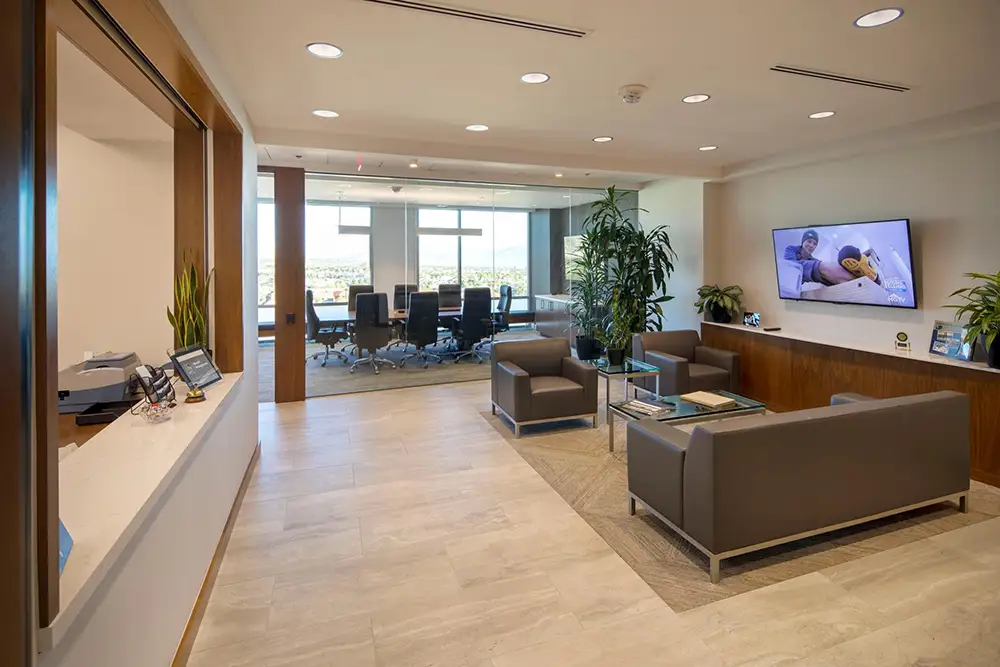
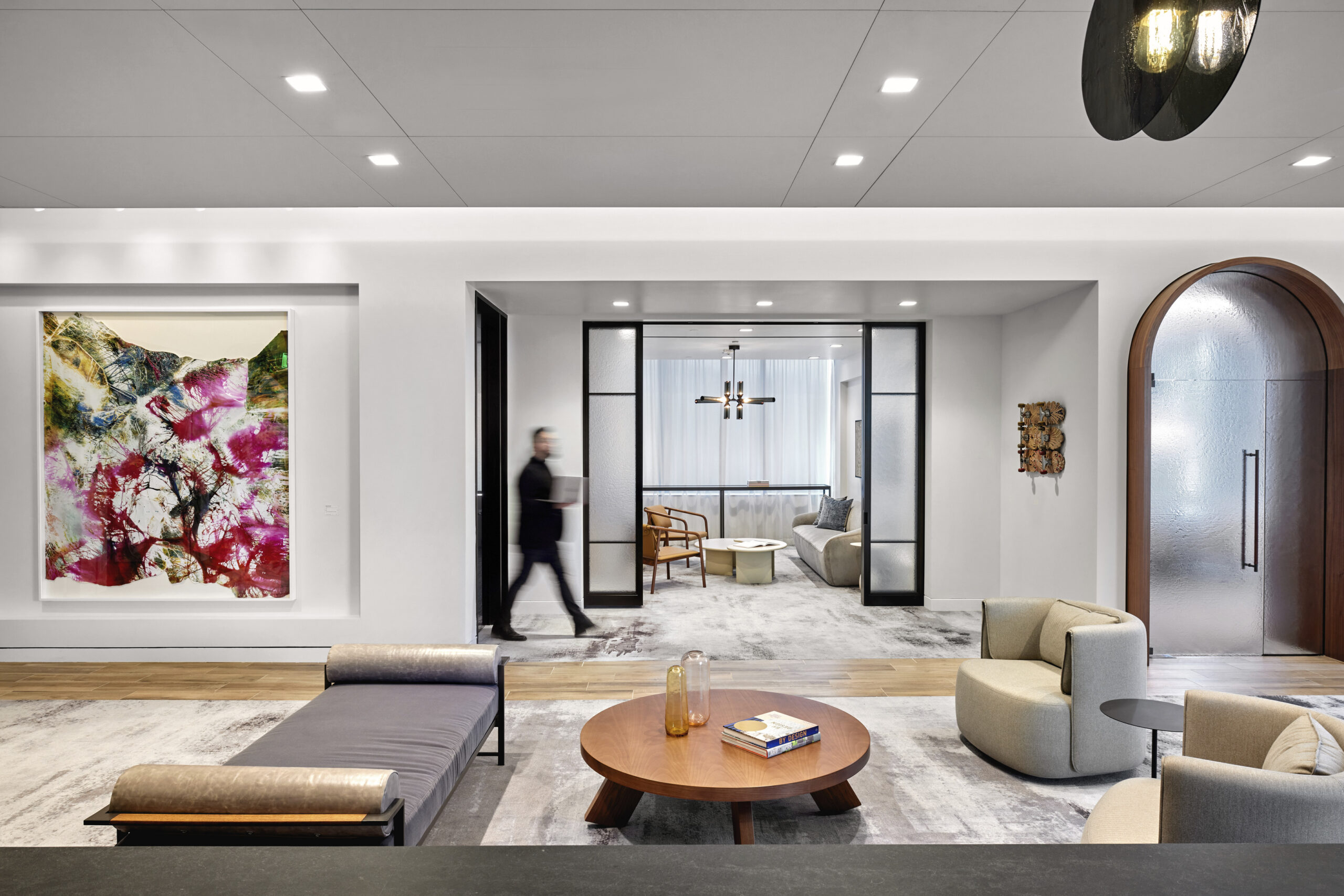
Past
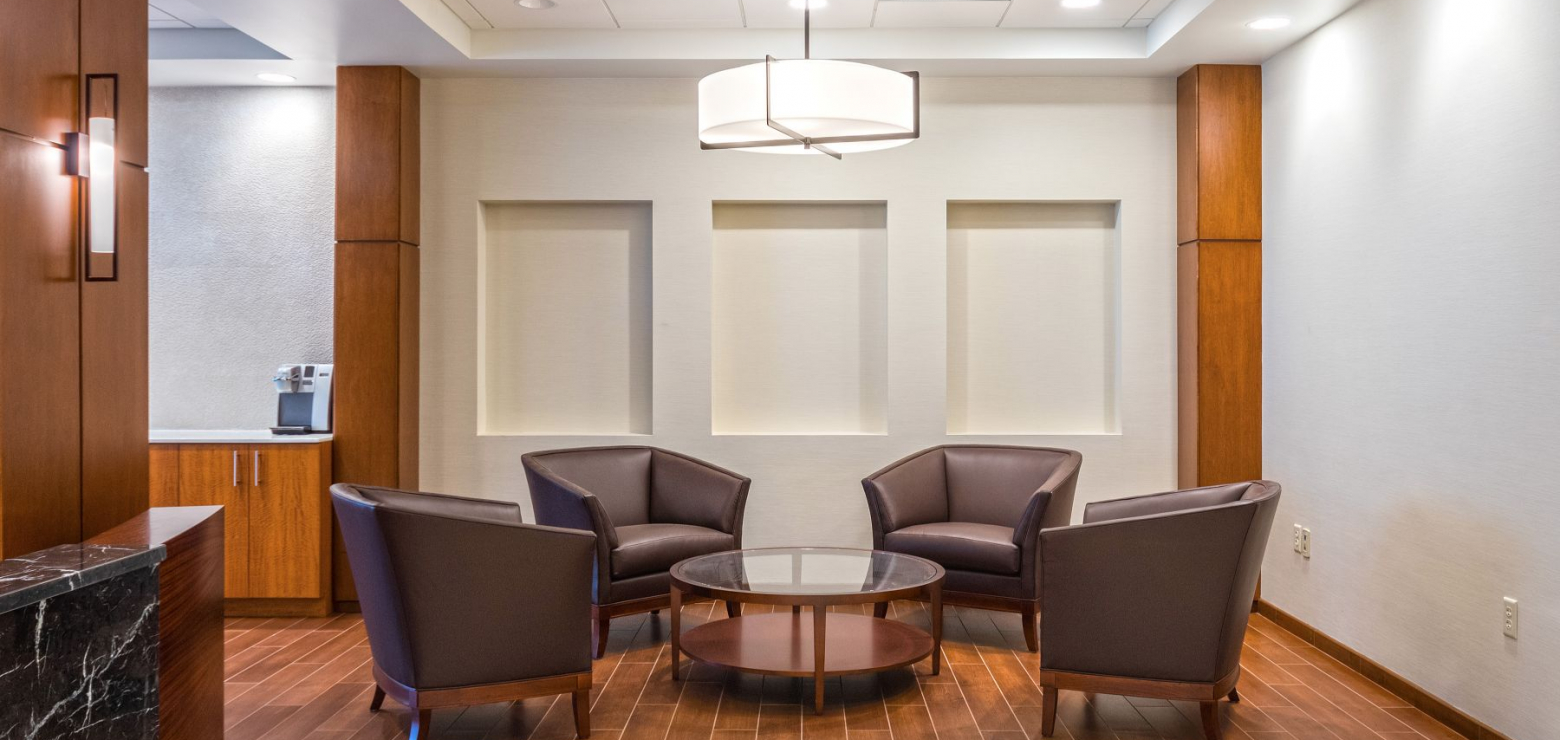
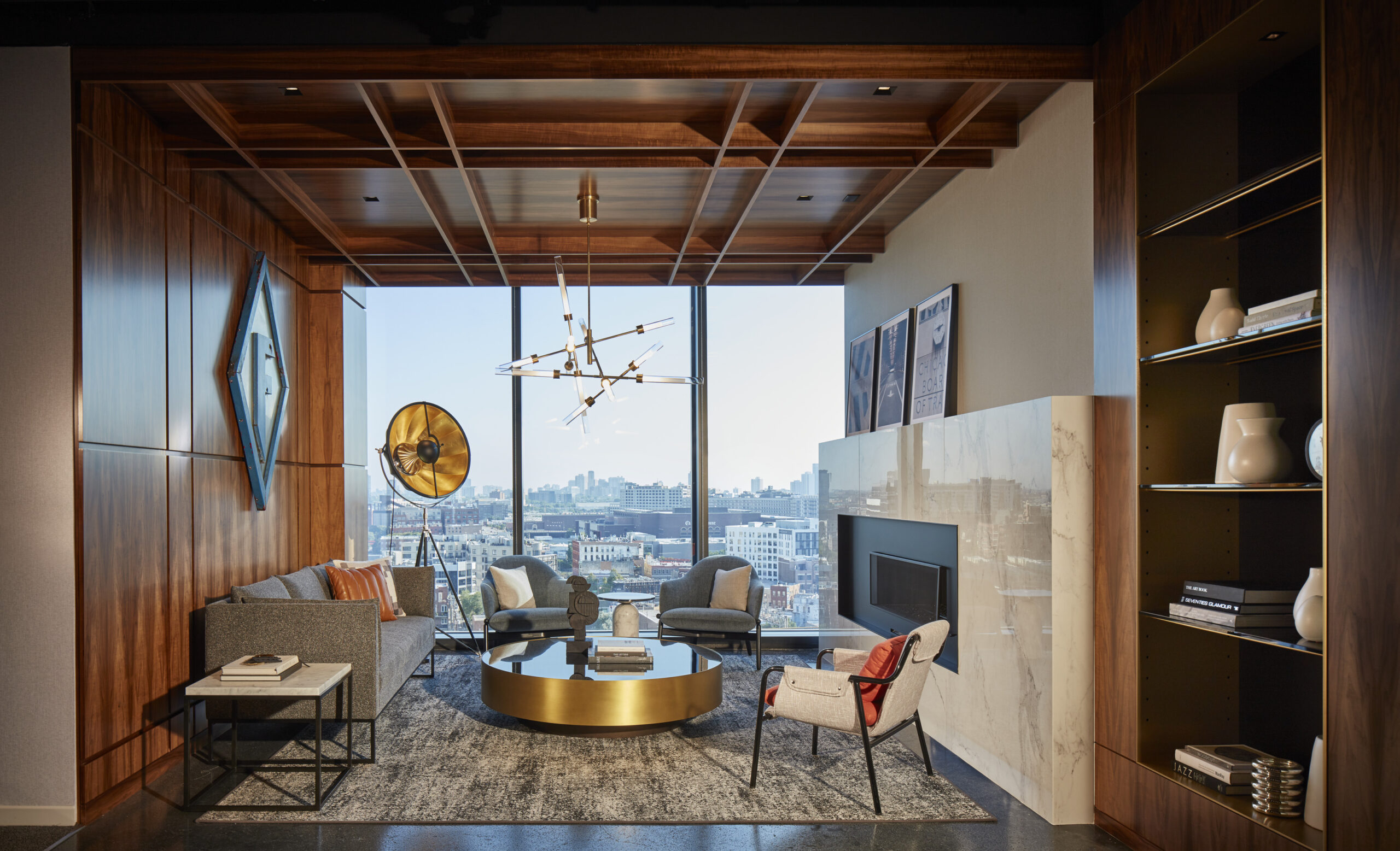
Past
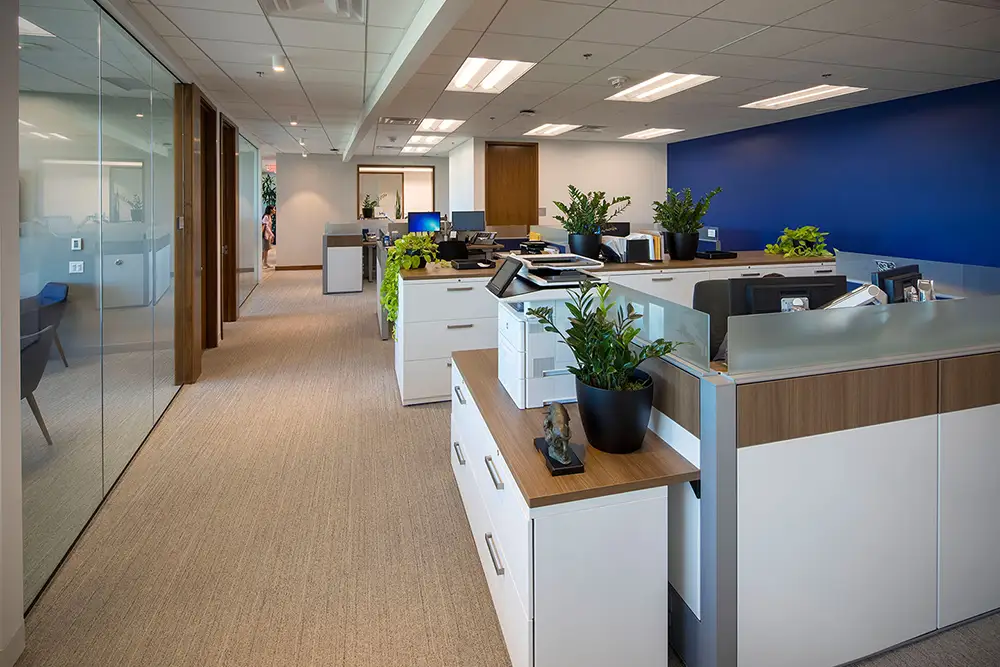
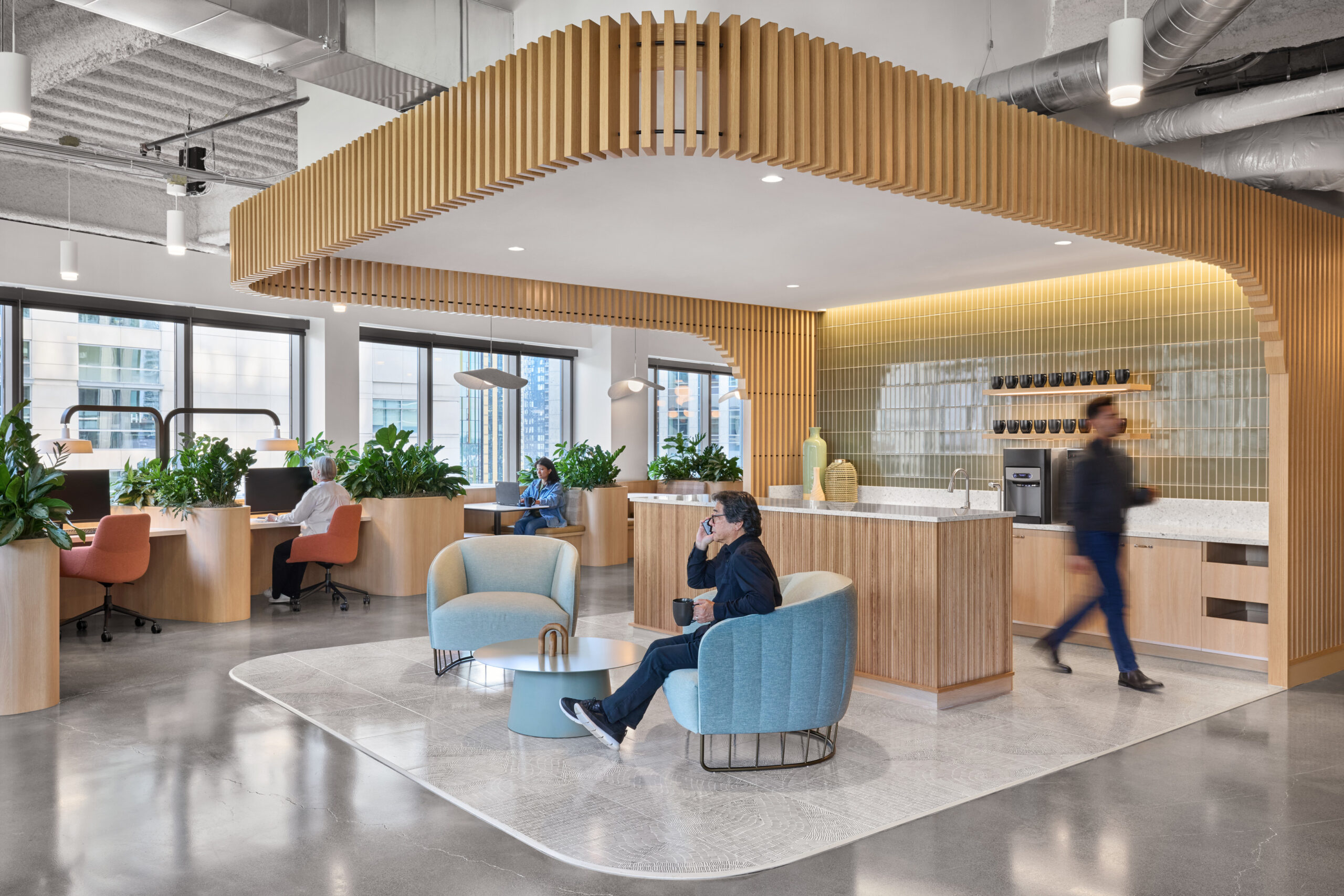
Past
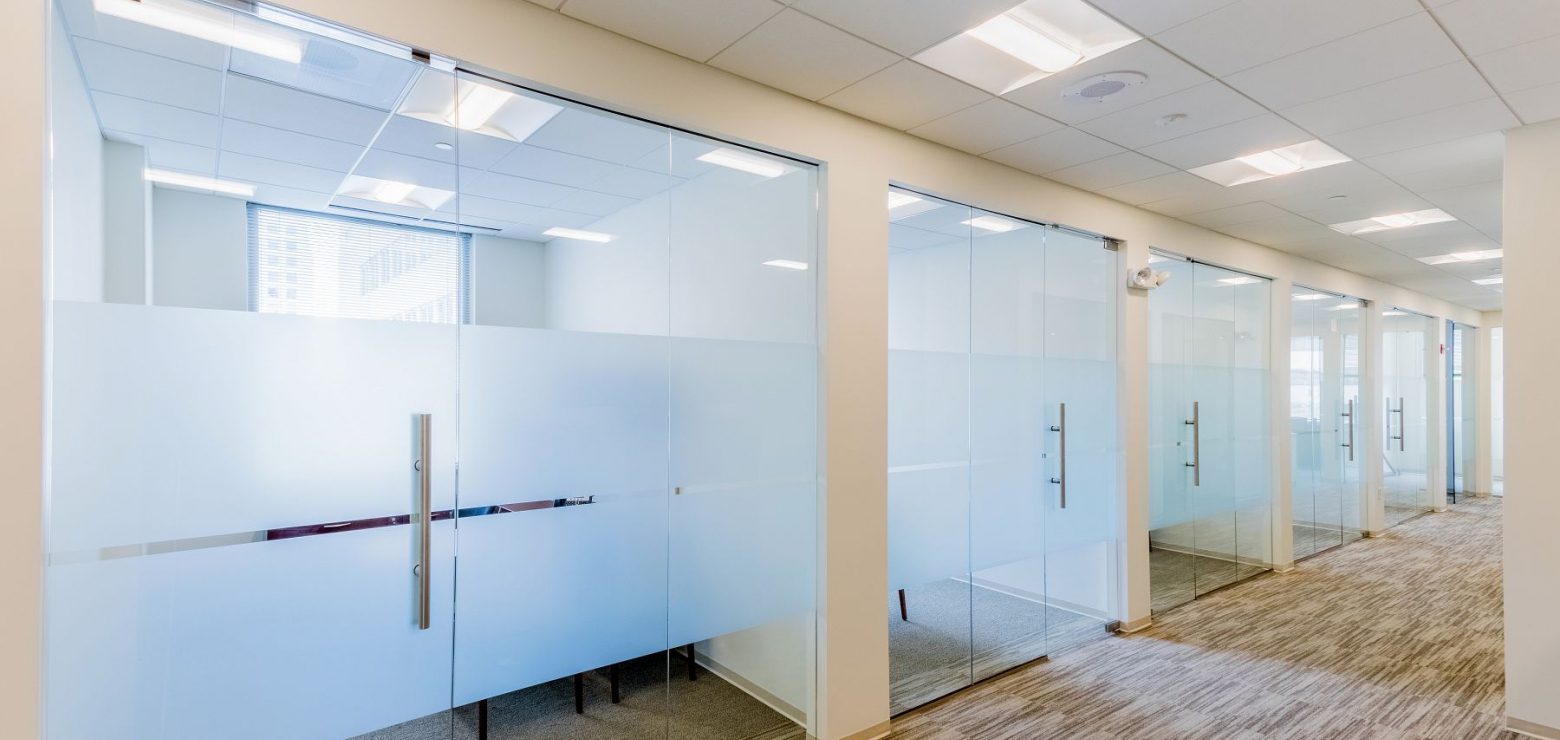
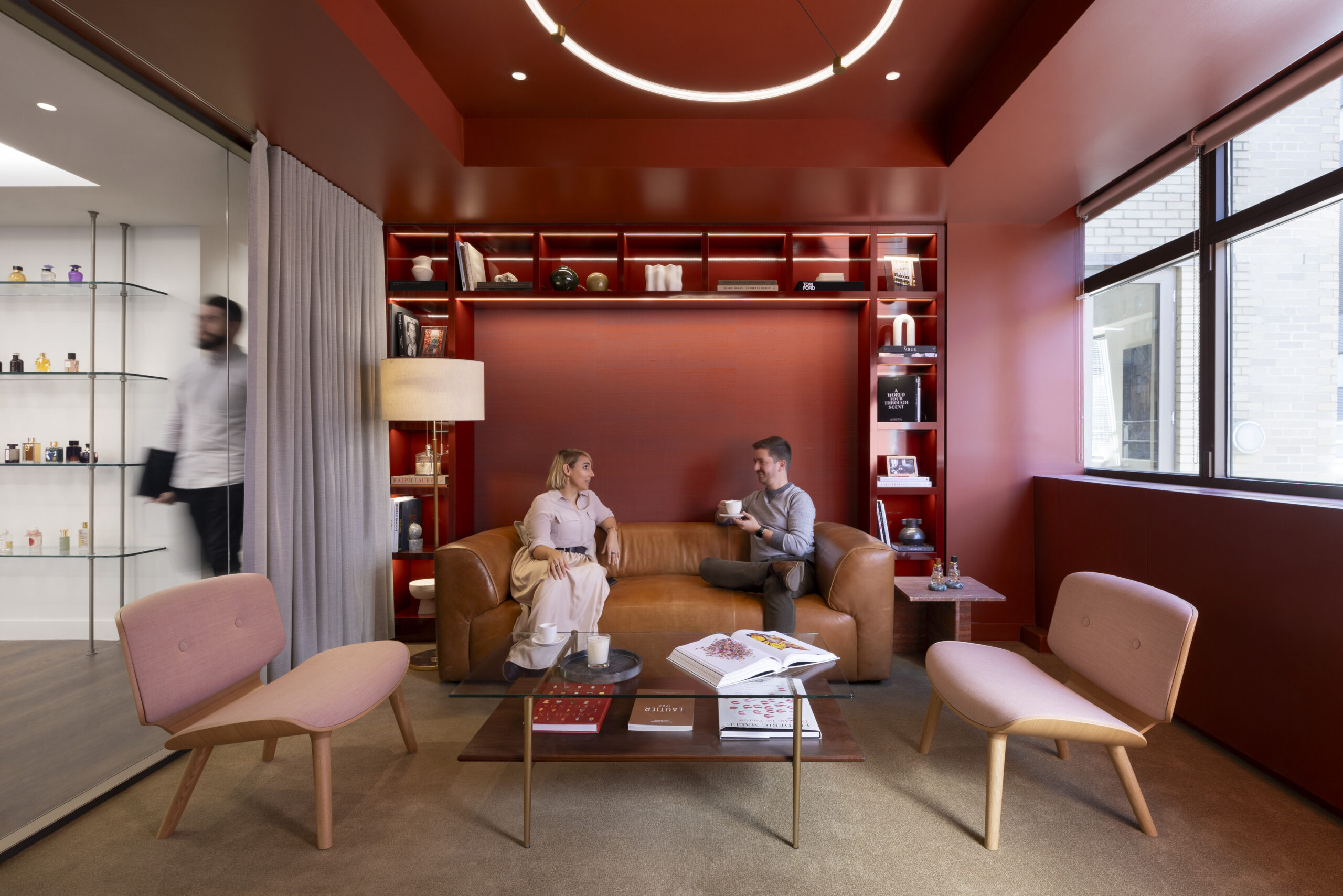
Some firms have already taken steps in new directions, developing strategies for the future. Charles Schwab, for instance, through its Custodial IRA, allows parents to open retirement accounts for children under the age of 18. This practice establishes relationships with the presumed heirs to wealth and provides the potential to ultimately engage them as clients, demonstrating a proactive approach to attracting younger generations and creating possible opportunities for managing the transfer of intergenerational wealth.
Despite abundant data and advanced tools, such as AI to aid with personalized communication, portfolio management, and general efficiency, firms are struggling to envision new modes of meaningful client interaction. However, the recent emphasis on developing client relationships and employee well-being through psychographic insights will help to shape the future. Such insights can contribute to programs and workplace designs that resonate with clients and employees in new ways, boosting client confidence and loyalty, as well as employee morale, with less turnover and improved retention.
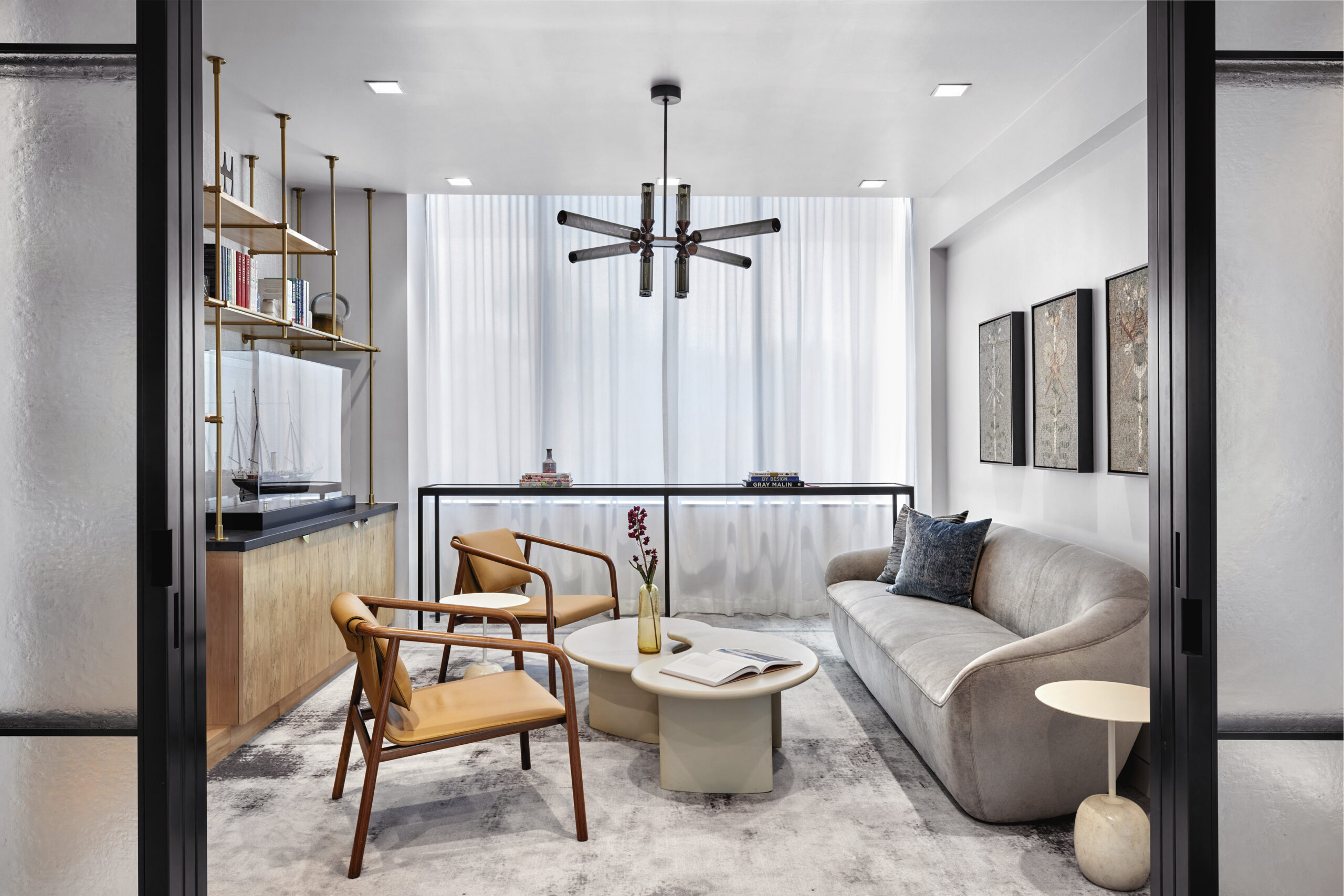
What is Needed?
Hubs and flexible settings will set the pace, as opposed to traditional workplaces. The workspace and its amenities will have to reflect a forward-looking confidence, stability, state-of-the-art technology, and options for client-advisor privacy as needed to ensure client/advisor satisfaction, while championing the firm’s culture and values.
Advisory talent that is diverse across gender, race, ethnicity, and background will allow many clients to enjoy a common ground with their advisors. With that in mind, the Raymond James firm, as an example, has established an array of advisor networks: Women Financial Advisors, Black Financial Advisors, Pride Financial Advisors, and Veteran Financial Advisors, with supporting resources.
Moving towards the generational transition, an interactive environment that encourages teamwork among advisors of different generations and experience levels can promote knowledge sharing and transfer, along with mutual learning. Plus, a culture and environment based on work-life balance with resources for wellness and mental health will be expected, helping advisors manage stress and avoid burnout.
Conclusion
The wealth management industry is entering a pivotal decade—one that will be shaped by the largest generational turnover of advisors (and possibly clients) in history, and the rapid evolution of advisor and client expectations. Firms that understand these changes and creatively accommodate the shift through innovative ways of working in inspiring settings will undoubtedly thrive in a new era of wealth management.

